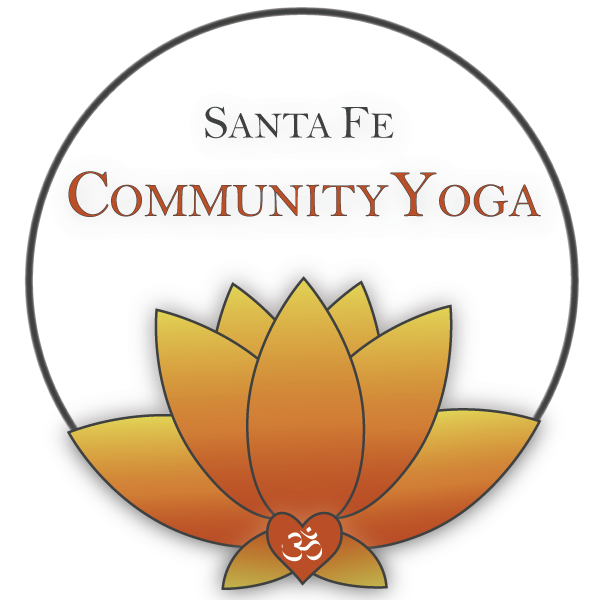Blog post written by Eliza Skye
“We didn’t come to earth to get anything. We came to awaken our full potential and infuse this dimension with divine light”
The sprouting of a seed is a slow and brutal event. The seed splits as new growth pushes through the old husk. The strong, fibrous exterior, which survived the long winter, breaks away to make space for the sprout of what will become a plant, a tree, a new life. What we have planted during the long winter now begins its process of emerging, arising from the destruction of what once was, a never ending process found both outside of ourselves and within. Spring is an exciting time, as new ideas burst forth from fertile ground. Many of us may feel the inner work that we have cultivated throughout the winter blossoming through the exterior that we maintain. As with the image of the seed sprouting, this can be an uncomfortable process of bringing the inner self and outer self into harmony. Observe what arises with compassion, and when judgement arises, see if you can find the voice behind that judgement. If great change is part of this emerging, try to identify and let go of
Camatkarasna (Wild Thing)
Also called “Rock Star”, Camatkarasana literally translates to “Struck with Wonder Pose”. This pose is a deep chest opener and also a very accessible arm balance. As with all backbending poses, Camatkarasna is a chest and heart opener, with a strong emphasis in external rotation of the shoulders when practiced correctly. Chest opening poses are known for alleviating mild depression, energizing the body and welcoming joy into the practitioner’s present experience. Wild Thing also has a strong emphasis on opening through the throat, hip flexors and quadriceps. Due to the arm balancing nature of this pose, there is an additional element of engaging the core and arms. Contraindications to this pose include sensitive wrists, any lower back pain or injury, and any rotator cuff injury. Camatkarasna can be modified on the forearms to alleviate pressure from the wrists. There are a lot of potential areas for injury when practicing Wild Thing, so please attend a yoga class with a certified instructor to learn how to enter and exit this pose safely and correctly.
Lotus Mudra
The Ancient Egyptians observed that the lotus flower retracts into its murky watery home in the evening, arising in the morning to bloom, fragrant and colorful. They considered this process to be a reflection of the sun, setting into darkness every evening, unfailingly rising each morning. The Lotus Mudra symbolizes light emerging from darkness. Taking this mudra awakens the Anahata (Heart) Chakra, with the message that you can stay connected to your roots while simultaneously reaching for the light, and all of this can best be done with an open heart. You can focus on opening the heart to the joys of life, allowing yourself to feel grounded throughout the practice. The mudra is also known for allowing illusion and tension to fade away. It can also be used to cultivate love and affection, ease loneliness and bring in vital energy.



